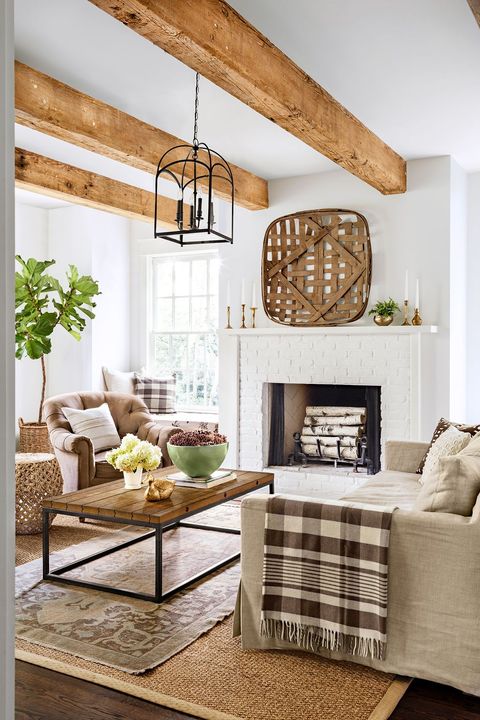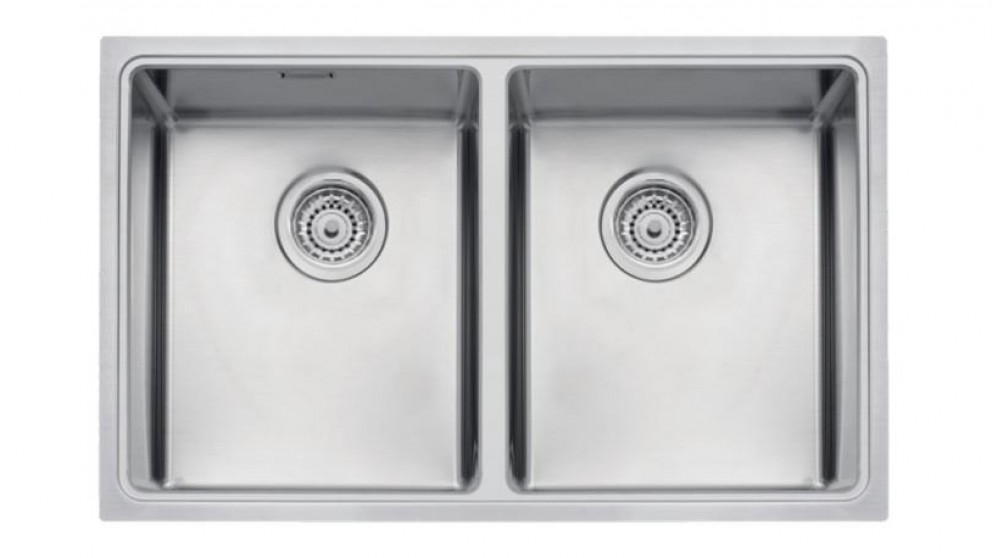
Although tile countertops may not be the best option for kitchens, they are extremely durable and easy-to-maintenance. They can also be installed by anyone who has basic skills, making them an affordable choice for people on a tight budget. Tile countertops are easy to maintain. Easy installation is possible. If tiles become damaged or chipped, they can be replaced quickly. It is important to note that tile countertops do not have a smooth surface.
There are many pros to tile countertops. These include cost, style, durability, and cost. The most difficult thing about tile countertops is their need to be maintained. The grout joints can be problematic if epoxy grout is used. It is better to just replace broken tiles than to tear up the countertop. A downside to tile countertops are that they can be difficult to put in. This means that if you need to replace just one tile it will cost more to do the whole countertop.

Although tile countertops are a popular choice in modern and contemporary kitchens there are some things you should consider before installing them. Not only are they expensive but also very difficult to install. While tile is a more affordable option than natural stone, it is still expensive, and many people find it hard to afford tile countertop installation. Be aware that there are pros to and cons to tile countertops. It is important to weigh these benefits before making a commitment.
Having an uneven grout and unlevel layout can pose a challenge to the homeowner, but with the right tools, you can complete the job. Tile is easy to clean and repair is possible. A tile distributor can help you choose the right products for tile maintenance. You can replace your countertop with tiles by doing it yourself. For those with tight budgets, a professional installation is also an option.
Tile countertops have the most obvious advantage of being durable. Ceramic tiles can be quite expensive but are affordable. Porcelain tiles can be cleaned easily and are heat-resistant. Although they are very durable and easy clean, glass tiles can be more expensive that other types of stones. Ceramic tile countertops are preferred by many homeowners over other countertop options. The pros of this material outweigh its cons, and it is an attractive and functional way to enhance the look of a kitchen.

Tile countertops offer versatility, which is one of their greatest advantages. It is crucial to select the right one for your home. Granite is a durable natural stone that can be stained and maintained in good condition. Granite is the most preferred choice for a kitchen countertop. There are many types of tiles available. If you love granite's look, there are a variety of options for you to choose from: white, black, gray or terracotta.
FAQ
Can you live in a house during renovation?
Yes, I can live inside a house while I renovate it.
Is it possible to live in a house with renovations going on? The time taken to complete the work will impact the answer. If the renovation process lasts less than 2 months, then yes, you can live in your home while it's under construction. If the renovation takes longer than two weeks, however, you can't live in your home during the construction.
There are many reasons why you should not live at home during major construction projects. You might be hurt or even die from falling objects on the site. The heavy machinery and noise pollution at the job site can also cause dust and noise pollution.
This is especially true if you live in a multi-story house. If this happens, the sound and vibration caused by the construction workers can cause significant damage to your home and contents.
As we mentioned, temporary housing will be necessary while your home is being renovated. This means you won't be able to use all the amenities in your own home.
When your dryer and washing machine are in repair, for example, you won't have access to them. You will also have to put up with the smell of paint fumes and other chemicals as well as the loud banging sounds made by the workers.
All of these factors can create stress and anxiety for you and your loved ones. You should plan ahead to avoid feeling overwhelmed by this situation.
When you decide to start renovating your home, it is best to do some research first so that you can avoid making costly mistakes along the way.
Also, it is a good idea to get professional help from a reputable contractor in order for everything to go smoothly.
Which order should you do your home renovations?
First, decide where you want everything to go in your renovations. If you intend to sell your home in the near future, you need to think about how you will present it to potential buyers. The next step is to plan the layout of your living, kitchen, and bathroom. Once you have chosen the rooms you want to remodel, you can start looking for contractors who can help you. Once you have hired a contractor you can begin work on your renovation project.
Is it better to hire a general contractor or a subcontractor?
The cost of hiring a general contractor can be higher than that of a subcontractor. A general contractor has many employees, so they often charge their clients a lot of money for labor costs. Subcontractors, on the contrary, hire one employee and charge less per hour.
Are permits required to renovate my home?
Yes. You will need permits to start any home renovation project. In most cases you will need to have a building permit along with a plumber's permit. A zoning permit is also required depending on the type and extent of work you are performing.
Statistics
- Rather, allot 10% to 15% for a contingency fund to pay for unexpected construction issues. (kiplinger.com)
- They'll usually lend up to 90% of your home's "as-completed" value, but no more than $424,100 in most locales or $636,150 in high-cost areas. (kiplinger.com)
- The average fixed rate for a home-equity loan was recently 5.27%, and the average variable rate for a HELOC was 5.49%, according to Bankrate.com. (kiplinger.com)
- According to the National Association of the Remodeling Industry's 2019 remodeling impact report , realtors estimate that homeowners can recover 59% of the cost of a complete kitchen renovation if they sell their home. (bhg.com)
- A final payment of, say, 5% to 10% will be due when the space is livable and usable (your contract probably will say "substantial completion"). (kiplinger.com)
External Links
How To
How do I plan a whole house remodel?
Research and careful planning are essential when planning a house remodel. There are many things you should consider before starting your project. The first thing you need to decide is what kind of home improvement you want to make. There are many options available, including kitchen, bathroom and bedroom. After you decide which category you want to work on, figure out how much you can afford to spend on the project. If you are new to working in homes, budget at least $5,000 for each room. If you have some experience, then you might be able to get away with less than this amount.
Once you have established how much you are able to afford, you will have to decide on how big a job to do. If you have only enough money to remodel a small kitchen, you may not be able add new flooring, countertops, or paint the walls. However, if enough money is available to complete a kitchen renovation, you should be able handle most things.
Next, look for a contractor with experience in the type or project you are looking to tackle. You'll get high-quality results and save yourself lots of headaches down the line. You should begin gathering materials and supplies after you've found a competent contractor. You might need to make everything from scratch depending upon the size of your project. You shouldn't have any trouble finding the right item in pre-made stores.
Once you have all of the necessary supplies, you can start making plans. To begin, draw a sketch of where you would like to place furniture or appliances. Next, plan the layout. You should leave enough space for electrical outlets and plumbing. Also, try to put the most used areas near the front door so that visitors can easily access them. Final touches to your design include choosing the right colors and finishes. To save money and keep your budget low, you should stick to neutral tones.
Once you have completed your plan, it is time to begin building. Before you begin construction, it's important to check your local codes. While some cities require permits, others allow homeowners to construct without them. You will need to first remove all walls and floors that are not required for construction. The next step is to lay plywood sheets on your new flooring. Then, you'll nail or screw together pieces of wood to form the frame for your cabinets. Finally, attach doors to the frame.
After you're done, there are still a few things you need to do. You'll likely want to cover any exposed wires and pipes. You will need to use tape and plastic sheeting for this purpose. You will also need to hang photos and mirrors. Just remember to keep your work area clean and tidy at all times.
If you follow these steps, you'll end up with a beautiful, functional home that looks great and saves you lots of money. Now that you have a basic understanding of how to plan a house remodel, it's time to get started.